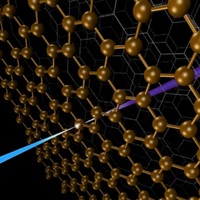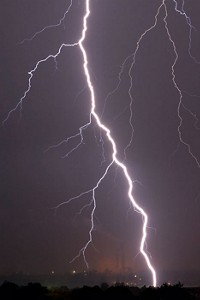Advertisement
Grab your lab coat. Let's get started
Welcome!
Welcome!
Create an account below to get 6 C&EN articles per month, receive newsletters and more - all free.
It seems this is your first time logging in online. Please enter the following information to continue.
As an ACS member you automatically get access to this site. All we need is few more details to create your reading experience.
Not you? Sign in with a different account.
Not you? Sign in with a different account.
ERROR 1
ERROR 1
ERROR 2
ERROR 2
ERROR 2
ERROR 2
ERROR 2
Password and Confirm password must match.
If you have an ACS member number, please enter it here so we can link this account to your membership. (optional)
ERROR 2
ACS values your privacy. By submitting your information, you are gaining access to C&EN and subscribing to our weekly newsletter. We use the information you provide to make your reading experience better, and we will never sell your data to third party members.
Analytical Chemistry
Probing Femtosecond Molecular Dynamics
September 10, 2007
| A version of this story appeared in
Volume 85, Issue 37
With a new, fast, and high-energy laser spectroscopy method, researchers can now probe the dynamics of highly excited molecular species on the femtosecond timescale with angstrom-level spatial resolution (Science 2007, 317, 1374). Developed by Etienne Gagnon, Arvinder S. Sandhu, and coworkers at the University of Colorado, Boulder, and elsewhere, the procedure provides a way to probe atmospheric chemical processes stimulated by high-energy photons as well as interactions between ionizing radiation and various forms of matter. Using an optical method, the researchers converted an intense beam of infrared light into an ultrashort burst of soft X-rays and then trained the high-energy light onto a cold jet of nitrogen. That process ionized the N2 molecules by ejecting electrons from their valence shells. Then, by using additional pulses of IR light, the team probed the molecular dynamics on the femtosecond timescale and found two main pathways leading to N2 fragmentation—dissociation following photoejection of an electron and photoejection coupled with excitation of a second electron.




Join the conversation
Contact the reporter
Submit a Letter to the Editor for publication
Engage with us on Twitter